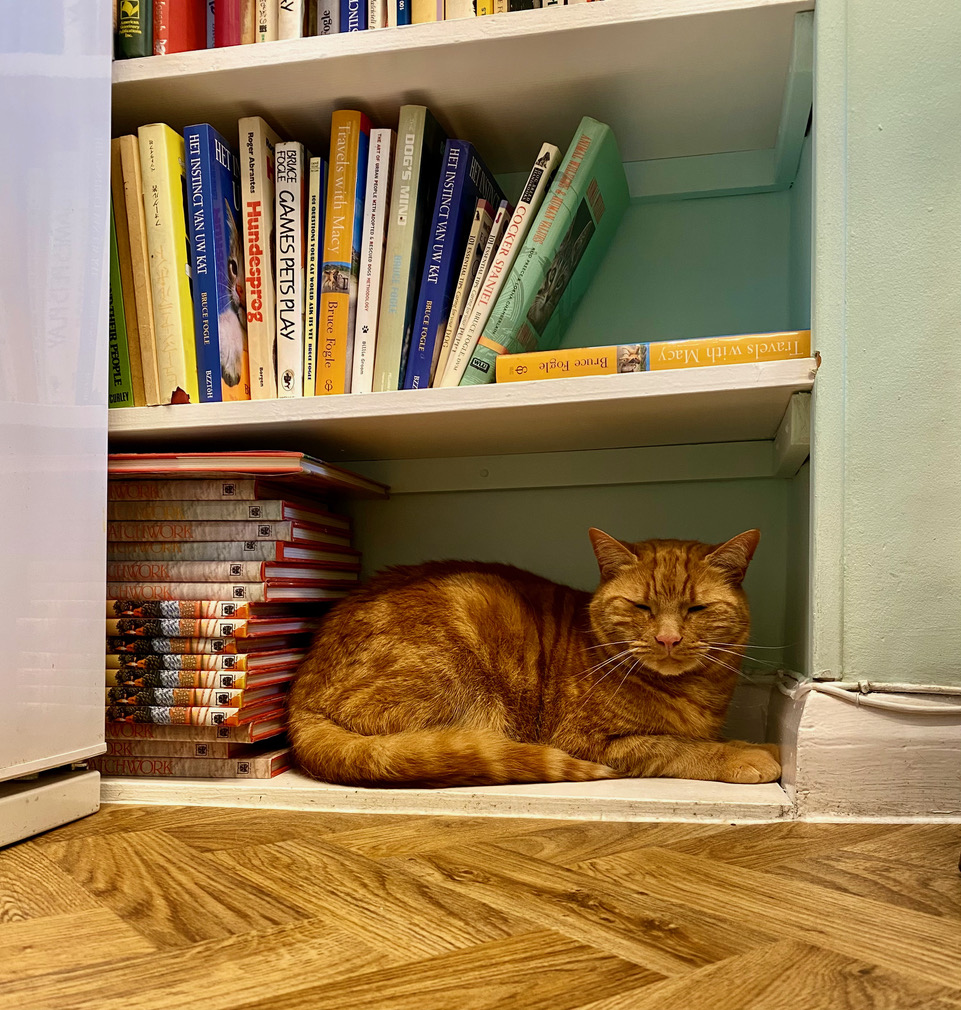Why Amy was away

Amy and Phil on their wedding day in West Yorkshire
Amy is now back, with Faith and Dolly in Reception at York Street, and Ange in Dorset, answering your questions or passing them on to others in the team.
Are you travelling to the continent this summer?
Isn’t it good news that we’re talking with the EU about re-instituting Pet Passports for UK dogs and cats? In the meantime, if you haven’t yet travelled with your pet on an ‘AHC’, the rules are straight forward. Your buddy must be microchipped then vaccinated against rabies at least three weeks before entering the EU, to qualify for the mandatory Animal Health Certificate (AHC). Each AHC is valid for up to four months abroad. A new AHC is required each time your pet travels. We may have more experience with AHCs than any other vet clinic in the UK. Travel application forms are available on our website, including the Animal Health Certificate (AHC), Fit To Fly Certificate, and Export Health Certificate (EHC).

Keep your pet safe while abroad
Before you travel to the continent, visit Europetnet and register your pet’s microchip in the country you’re visiting.
Avoid food changes
Avoid sudden diet changes. Many popular ranges such as Royal Canin, Purina and Virbac are manufactured on the continent and available from vet clinics and pet shops. And Amazon delivers almost everywhere. If you provide fresh food, Butternut Box has its own kitchens on the continent with their meals available in Belgium, Holland, Poland and elsewhere.
Prevent tick, mosquito and sandfly bites
Ticks on the continent can transmit many more diseases than they do in London. Use a tick prevention product such as Bravecto or Nexgard when visiting regions of the continent where ticks are present.
The Mosquitoes that transmit heartworms to dogs don’t exist in the UK but they do throughout southern Europe. If you are heading south give your dog monthly preventative tablets containing milbemycin. We suggest monthly Bravecto TriUNO tablets for both tick and heartworm control. Or use an insect repellent collar such as Scalibor.
Sandflies throughout southern Europe commonly transmit a very serious and difficult to treat disease called Leishmaniosis. If you are travelling in these regions consider using an insecticide collar such as Scalibor to prevent both sandfly and mosquito bites.
Sandflies bite from sunset to sunrise so indoor dogs are at less risk than those allowed outdoors at night. If you visit sandfly regions regularly, visit a local vet to discuss vaccinating your dog against Leishmaniosis. We stock internal and external parasite products and this vaccine at York Street for use when needed. And of course we can also provide you with a prescription for their purchase from online dispensers but please remember that the rules we abide by tell us we can only prescribe prescription medicines if we have examined your pet in the last six months.
Please send me photos from abroad
I’d love to see photos of your companion’s travels. In fact, let’s make it a competition, with two categories:
• The most unexpected place I visited
• The happiest I was on holiday
Please send photos to hello@londonvetclinic.co.uk and include the family name your companion is registered under at York Street.
The competition ends on 01/09/25, a week after Summer Bank Holiday. I’ll shortlist your photos then ask people to vote on Instagram. The prizes for the two categories are personalised travel folders for your next visit abroad.”

Macy Fogle enjoys a roll in the grass in Estonia
Pet travel is now a bit saner, in the UK
One on the inanities of our post-Brexit circumstances was that UK pets visiting another part of the UK – Northern Ireland – needed EU mandated AHCs (Animal Health Certificates) each time they visited.
On the 5th June that changed. Instead of an AHC you can now get a life long travel document for your dog or cat going to Northern Ireland by visiting https://www.gov.uk/apply-for-northern-ireland-pet-travel-document and completing the application forms. It took me less than 10 minutes, including applying for Government Gateway and DEFRA user IDs and passwords.
Osteoarthritis – How do we know if a treatment is working?

These 15 year old Fogles know how to rest their joints
Veterinary medicine is like paediatrics. Our patients can’t tell us what’s bothering them. We need you to see something’s wrong and tell us about it.
I mentioned last month that we regularly review how we diagnose and treat common medical conditions. When we recently reviewed age-related joint pain it became apparent that it would useful to use a scoring system to ‘grade’ the amount of discomfort our dogs experience from joint inflammation. There are several validated scoring systems and we are now using the Helsinki Chronic Pain Index.
When you contact us about your dog’s possible joint pain, we may also ask you to visit our Canine Pain Assessment Form on our website and complete an 11-item assessment. Once treatment has started we’ll ask you to re-assess using the same method. Osteoarthritis has many causes. Treatments include weight management, exercise, oral or injectable medicines, home modifications, nutritional supplements, physiotherapy, acupuncture and more. We hope that by standardising how both we and you assess our companions’ discomfort we will more accurately assess the benefits of individual treatments. Visit our website’s Pain Control in Dogs and Cats page for more information on this very common condition.

Staying at ground level reduces discomfort in older cats
Until next month, all the best
